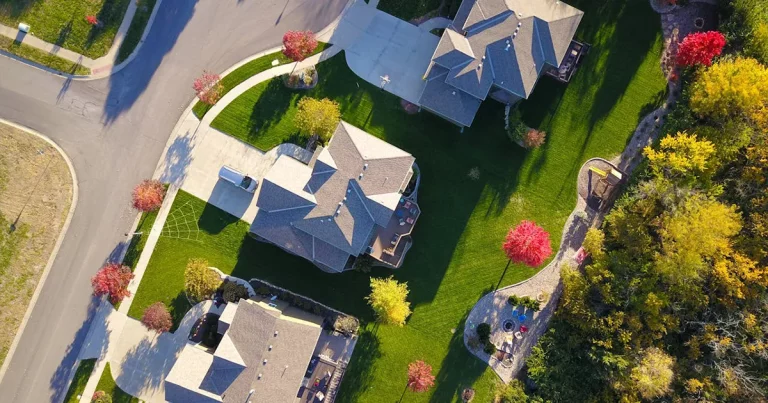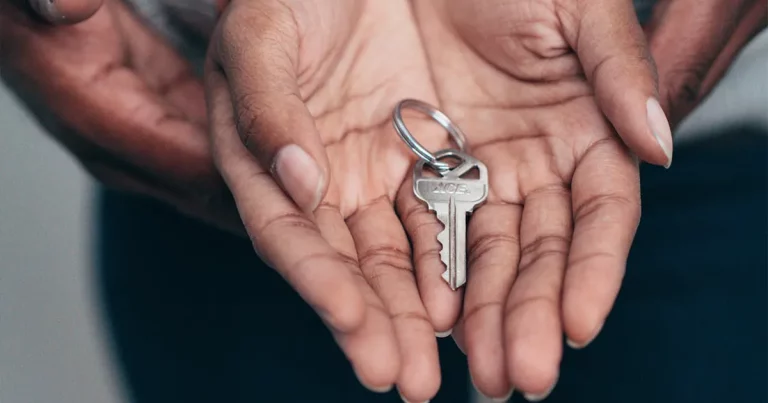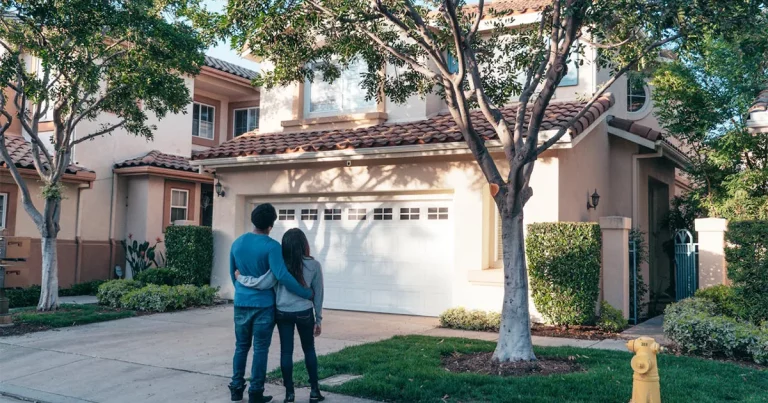Technically, you can miss one or more mortgage payments and begin to be delinquent. However, foreclosure is not usually triggered right away. In California, the rules and typical practices are as follows:
- The moment you miss your first monthly payment, you become delinquent (your loan servicer will mark you late and begin outreach).
- Most lenders won’t file the formal foreclosure paperwork until you’ve missed about three to four payments (roughly 90 to 120 days behind).
- For example, one source states that foreclosure proceedings typically begin when you’re four consecutive payments behind (about 120 days).
- So while missing one or two payments is a red flag (affects credit, late fees, risk), the real danger zone is around the 3rd or 4th missed payment.
Bottom line: there’s no fixed number guaranteed for every case (it depends on your lender, loan, state rules), but missing 3-4 payments is the common tipping point in California.
How long does it take for a house to go into foreclosure in California?
“How long until the bank takes your house” is a big question. Here’s how it breaks down in California:
Typical timeline
- Once you’re significantly behind (again, ~90-120 days), the lender may record a Notice of Default (NOD).
- After the NOD is recorded, you have a minimum of 90 days during which you can cure the default (bring the loan current plus fees) before the next step (Notice of Sale).
- After that, a Notice of Trustee’s Sale is issued. The sale (auction) cannot happen until at least 21 days after the Notice of Sale is recorded/posted.
Overall duration
- Many sources say the entire non-judicial process (which is the main path in California) can take about 120 days (4 months) from first major default to sale in its shortest form.
- More realistically, most cases take 4-6 months or more, and sometimes up to 200 days or even longer, depending on delays, workouts, borrower action, etc.
Summary
So if you fall behind, you might have several months before a foreclosure sale, but don’t count on “time” being your friend without action. The sooner you act, the better.

How does the foreclosure process work in California?
Here’s a breakdown of the most common process in California, the non-judicial foreclosure (which does not go through court).
- Missed payments / delinquency
- You miss your monthly payment (or more). Your servicer contacts you, tries to assess your situation and explore loss mitigation (loan modification, forbearance, etc.).
- They must try to reach you with live contact within about 36 days of your first missed payment (federal rule) and send a written “loss mitigation” letter soon after.
- Notice of Default (NOD)
- After you’re significantly behind and the lender has done outreach, the lender records a Notice of Default in the county. This formally begins the foreclosure.
- The borrower (you) is notified by certified mail of the NOD.
- From the date of the NOD, you typically have a minimum of 90 days (called the cure or reinstatement period) to bring the loan current (pay missed payments + fees + interest) and stop the foreclosure.
- Notice of Sale / Trustee Sale
- If you don’t cure the default within that 90-day window, the lender may record a Notice of Trustee’s Sale (or “Notice of Sale”) specifying when the public auction will occur.
- The sale date must be at least 21 days after the notice is posted.
- Up to five business days before the sale date, you may still have the right to reinstate the loan (pay all owed amounts) and stop the sale.
- Auction / Sale & Post-Sale
- The property is sold at a public auction to the highest bidder (often the lender if no third-party bids).
- After the sale, the former homeowner may receive a short notice to vacate (e.g., 3-day notice to quit) and then the formal eviction process begins.
How to avoid foreclosure in California
If you’re facing missed payments and foreclosure risk, here are actionable steps you can take right now:
- Contact your lender immediately
- Don’t wait until you’re 90+ days behind. Once you know you’ll miss or have missed a payment, reach out and identify options: loan modification, repayment plan, forbearance.
- Many lenders prefer workout solutions rather than a full foreclosure.
- Explore loss mitigation options
- A repayment plan: You agree to make up missed payments over time on top of your regular payments.
- Forbearance: Temporarily suspend or reduce payments while you recover financially.
- Loan modification: Change the terms of your loan (lower interest, extend term) so your payments become affordable.
- Use your 90-Day Cure Period After NOD
- Once the Notice of Default is recorded you have at least 90 days to pay what’s past due and stop the sale. So you still have time to act.
- During that period, be diligent: ask for a reinstatement quote, keep property taxes and insurance current, keep all paperwork.
- You might also consider bankruptcy (consult an attorney) as a last-resort tool to stop foreclosure temporarily.
- Consider selling or short sale if you can’t keep the home
- If the payments can’t be made permanently, selling the home (including a short sale) may be better than letting foreclosure happen.
- You might also consider bankruptcy (consult an attorney) as a last-resort tool to stop foreclosure temporarily.
- Be wary of scams
- After a Notice of Default is recorded, your name becomes public and scam “rescue” companies often target homeowners with promises. The official state site warns about these. Non-judicial foreclosure and homeowner rights
- Keep good records and stay engaged
- Keep copies of all communications with your lender/servicer.
- Make sure property taxes and insurance remain current, as these can trigger separate problems even if you catch up your mortgage.
- Talk to a HUD-approved housing counselor for free advice.

How to get out of pre-foreclosure
“Pre-foreclosure” is when you’re behind on payments and the process has started (e.g., NOD filed) but the sale hasn’t yet taken place. Here’s how to act:
- Reinstate the loan: Pay outstanding missed payments, fees, interest, and get the loan current. (You typically have this right up to five business days before the sale.)
- Negotiate a modification: Ask the lender to change your loan terms so you can afford payments moving forward.
- Sell the property: Before the sale happens, you have the right to sell the home yourself (including short sale) and pay off the loan.
- Deed in lieu of foreclosure: As a last ditch, you may hand over the deed back to the lender to avoid the formal auction and possibly some of the credit damage, though this still has serious consequences.
- Bankruptcy (if applicable): Filing bankruptcy can create an automatic stay, which stops the sale temporarily and gives you more time to sort things out. But weigh risks carefully and consult a lawyer.






